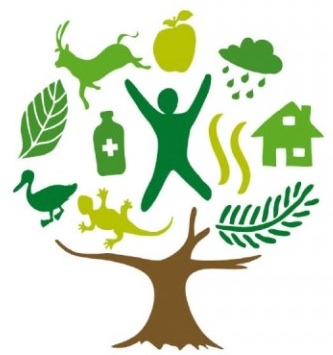Planning a woodland legacy is a process that involves considering many factors. And, while everyone knows they need to make a plan, many people put it off because they don't know where to get started. The speaker will talk about how to find the help you need with a strong emphasis on selecting and working with professional advisors. You will need the help of one or more competent professional advisors to create a plan that will support your vision for the future. She will discuss the role of various professionals, prep work that can save you time and money when working with advisors, and how to go about selecting an advisor. Presented by Mary Sisock, Assistant Professor Forestry Extension, University of Vermont.
There are many native plant species on
eastern US forestlands that are wild
h a r v e s t e d f o r t h e d o m e s t i c a n d
international medicinal plant trade. In this
talk, Dr. Eric Burkhart, Program Director with
Shaver’s Creek Environmental Center (Penn
State University), will share insights from his
studies and involvement with this complex
and little understood trade, and highlight
the opportunities and challenges facing
forest farmers interested in production of
forest botanicals for market. Quality-control,
profitability, and sustainability within this
industry will be discussed along with recent
developments in marketing via consumer
awareness.
There are many native plant species on
eastern US forestlands that are wild
h a r v e s t e d f o r t h e d o m e s t i c a n d
international medicinal plant trade. In this
talk, Dr. Eric Burkhart, Program Director with
Shaver’s Creek Environmental Center (Penn
State University), will share insights from his
studies and involvement with this complex
and little understood trade, and highlight
the opportunities and challenges facing
forest farmers interested in production of
forest botanicals for market. Quality-control,
profitability, and sustainability within this
industry will be discussed along with recent
developments in marketing via consumer
awareness.
GO HERE to register. Sponsored by thePenn State Extension Service.
Specialty forest mushroom include such delicacies
as shiitake, oyster, lion’s mane and wine cap which can
be cultivated on wood substrates, as non timber forest
products for forest farming. Unfortunately other
choice wild edible mushrooms like chanterelles,
morels, or boletes are not included because they
cannot be deliberately cultivated. Shiitake is by far the
most developed of the specialty forest mushrooms
from the standpoint of both cultivation and marketing.
There are four stages that the prospective grower
must consider for forest cultivation of shiitake.
Acquisition of substrate logs is the first one. What
kinds of trees and when to cut them are the main
considerations? Shortly after that comes inoculation of
logs with the appropriate shiitake strain. The next
stage requires some patience. The logs must be
managed in a shady laying yard for up to a year to
allow the fungus time to adequately colonize the log
before it is ready to convert wood into mushrooms.
After this so called “spawn run”, the focus shifts to
fruiting, harvesting and marketing of the mushrooms.
Well managed logs can be productive for 3 or more
years.


